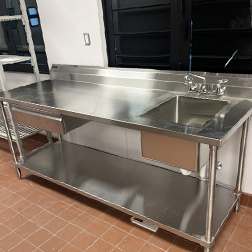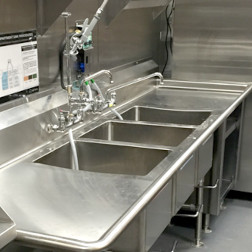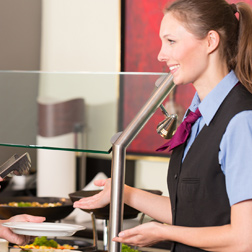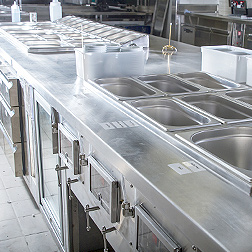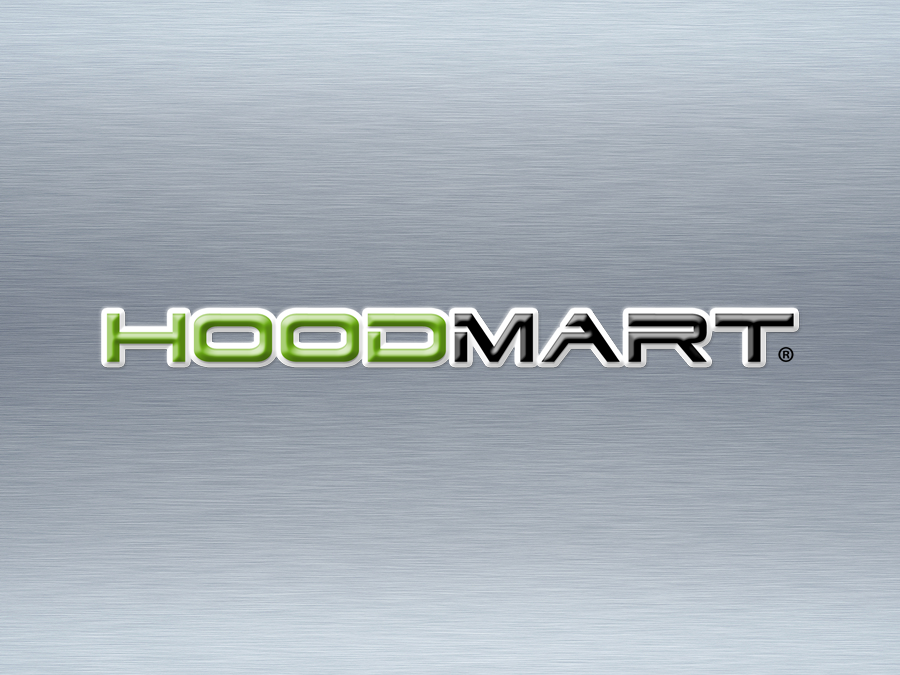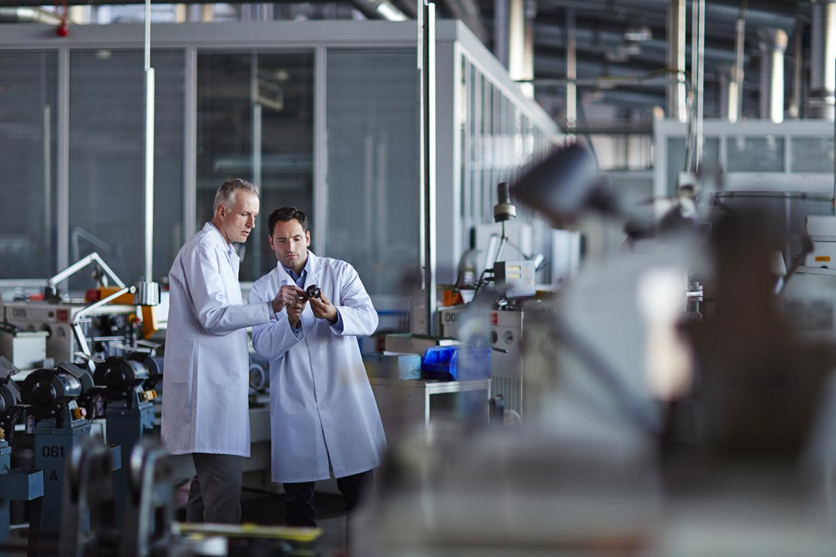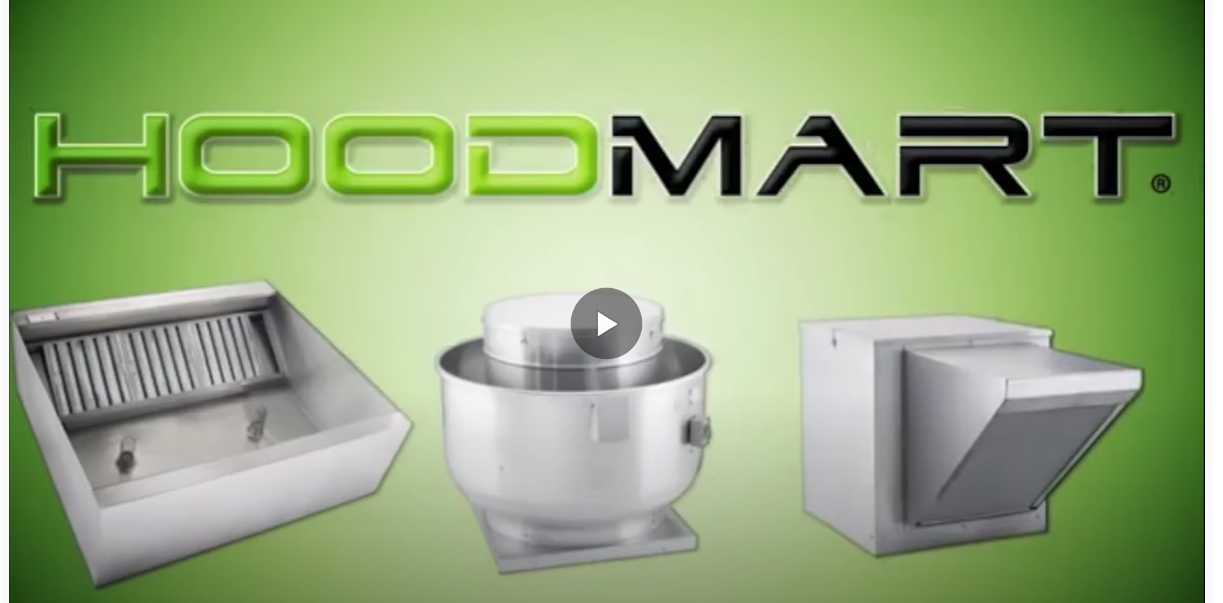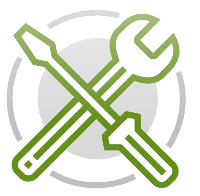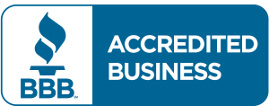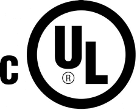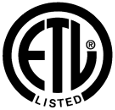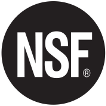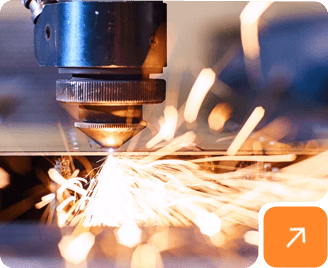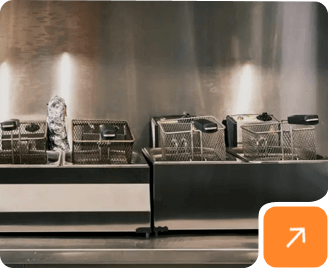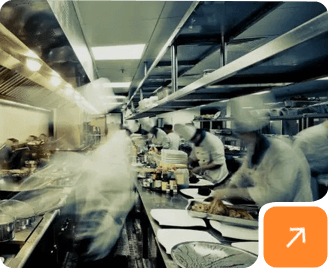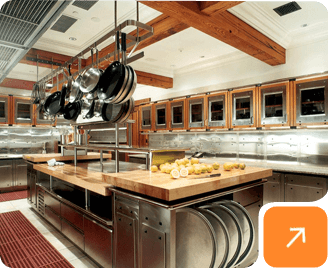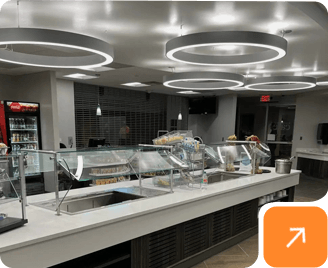We use cookies to help improve our services, make personal offers, and enhance your experience. If you do not accept optional cookies below, your experience may be affected. If you want to know more, please read the Learn more.
How to Clean a Commercial Range Hood? | Hoodmart
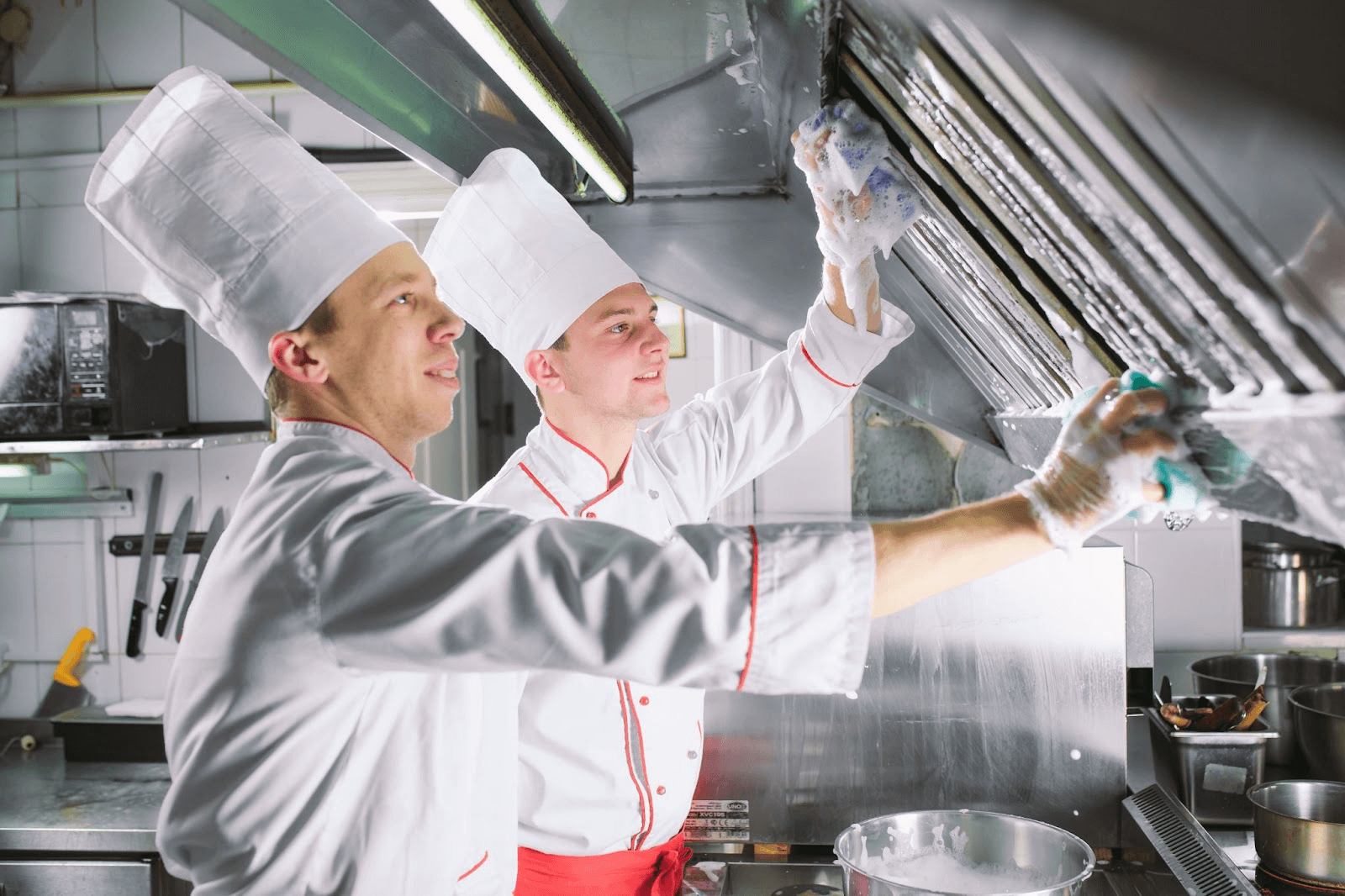
Do you ever feel like you're juggling a dozen tasks in your bustling commercial kitchen? Amidst the chaos, there's one chore that can't be overlooked: keeping your range hood spick and span. But hey, don't roll your eyes just yet—this isn't your average mundane cleanup duty! Picture your range hood as the unsung hero of your kitchen, silently battling grease, smoke, and odors to keep your culinary haven safe and sound. Trust me, neglecting it isn't an option. That's why the experts at Hoodmart have created this guide to turn this essential task into a breeze. So, buckle up, because we're about to unveil the secrets to a sparkling clean range hood that'll have your kitchen shining brighter than a Michelin star! Ready to dive in? Let's get cooking!
Importance of a Proper Cleaning Schedule
Range hoods are an indispensable component of any kitchen, commercial or otherwise, ensuring a clean and safe environment by effectively removing smoke, grease, and odors. Neglecting their maintenance can lead to various issues, from fire hazards to health code violations. To address these concerns, it's crucial to establish a proper cleaning schedule and follow a systematic approach to ensure thorough maintenance. Areas to pay attention to include:
Frequency: While health codes typically mandate cleaning intervals, it's crucial to understand the rationale behind these regulations. The frequency of range hood cleaning is not arbitrary; it's rooted in the need to mitigate fire hazards, maintain air quality, and uphold sanitary standards. By expanding on these points, we can emphasize the importance of adhering to cleaning schedules beyond mere regulatory compliance.
Mitigating Fire Hazards: A neglected range hood becomes a breeding ground for grease buildup, significantly increasing kitchen fire risk. Regular cleaning minimizes grease accumulation, reducing the likelihood of ignition and ensuring the safety of kitchen staff and patrons alike.
Maintaining Air Quality: The primary function of a range hood is to remove smoke, steam, and airborne particles generated during cooking. However, grease and debris obstruct the airflow over time, diminishing the hood's effectiveness. By cleaning the hood at specified intervals, optimal airflow is restored, thereby preserving indoor air quality and creating a more comfortable working environment.
Upholding Sanitary Standards: Maintaining impeccable cleanliness is non-negotiable in a commercial kitchen where food preparation is paramount. A dirty range hood not only harbors harmful bacteria but also contributes to cross-contamination, jeopardizing the food's integrity. Regular cleaning ensures the kitchen remains a sanitary space, aligning with health department guidelines and safeguarding public health.
Step-by-Step Guide to Range Hood Cleaning
1. Preparation
Gather necessary supplies including rubber gloves, safety glasses, degreaser, cleaning brush, scraper, bucket, and clean cloth. Ensuring you have all items on hand beforehand streamlines the cleaning process.
2. Power Shutdown
Before cleaning, turn off the power to the cooking equipment to prevent accidents. This typically involves switching off the circuit breaker or unplugging the range hood from the power source.
3. Filter Removal
Remove the filters from the range hood. Depending on the design, this may require unscrewing or sliding them out. Inspect the filters for damage or buildup of grease and debris.
4. Filter Soaking and Cleaning
Soak the filters in hot water with a degreaser for at least 10 minutes. Stubborn buildup may require longer soaking. After soaking, scrub the filters for persistent debris using a cleaning brush and scraper. Thoroughly rinse the filters with hot water and allow them to dry completely before reinstalling.
5. Hood Cleaning
Scrub the interior of the range hood using a degreaser and a cleaning brush, paying close attention to areas prone to grease buildup such as around the fan and vent. Utilize a scraper for stubborn debris, ensuring careful handling during scrubbing.
6. Wipe Down
After scrubbing, wipe down the range hood with a clean cloth to remove any remaining debris. This step extends to the hood's exterior to eliminate grease and dirt accumulation.
7. Filter Reinstallation
Once the filters have dried completely, reinstall them securely into the range hood. Verify they are properly in place before restoring power to the cooking equipment.
When to Call in the Professionals
While regular cleaning of range hoods can be effectively performed by kitchen staff, there are times when the expertise of certified cleaners is required for regulatory compliance. This necessity demands a meticulous examination of the qualifications and expertise essential for the task. Beyond hiring any cleaning service, businesses must prioritize partnering with reputable companies with the requisite certifications and training. Certified cleaners undergo specialized training that equips them with a comprehensive understanding of ventilation systems and associated components, ensuring optimal performance and longevity of commercial-grade hoods. Furthermore, certification programs adhere to industry standards set forth by organizations such as the National Fire Protection Association (NFPA) and the International Kitchen Exhaust Cleaning Association (IKECA), demonstrating a commitment to upholding safety standards.
Additionally, certified cleaners often carry insurance and liability coverage, providing added protection and peace of mind for business owners in case of unforeseen incidents during the cleaning process. By emphasizing the importance of hiring certified cleaners, businesses can make informed decisions prioritizing quality, safety, and compliance in range hood maintenance practices. Moreover, meticulous record-keeping in range hood maintenance is crucial for accountability, transparency, and continuous improvement. Detailed documentation enables businesses to accurately trace maintenance history, identify trends and patterns, and demonstrate regulatory compliance during inspections, mitigating the risk of penalties or sanctions.
Conclusion
Regular maintenance of commercial range hoods is indispensable for ensuring a safe and hygienic kitchen environment. By adhering to a proper cleaning schedule and following the outlined steps diligently, you can prolong the lifespan of your equipment, mitigate fire risks, and uphold compliance with health codes.
For further guidance on maintaining your range equipment or professional assistance, don't hesitate to consult resources such as Hoodmart's blog or reach out to their experts at 1-844-311-3865. Prioritizing range hood maintenance not only safeguards your kitchen but also contributes to operational efficiency and longevity of equipment.



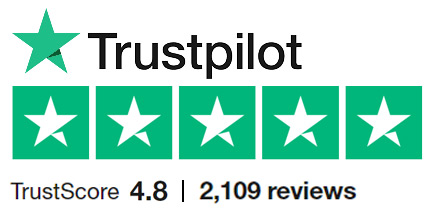


 CUSTOM FABRICATOR
CUSTOM FABRICATOR



